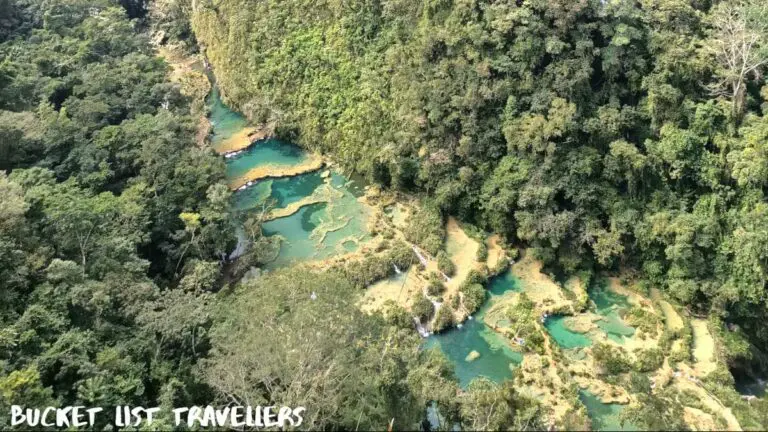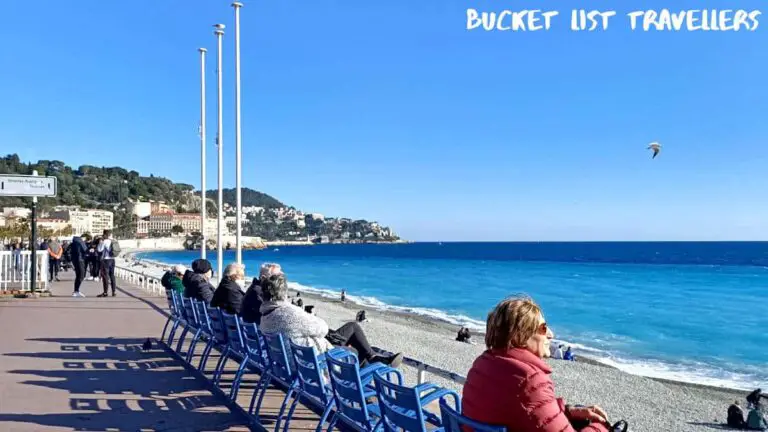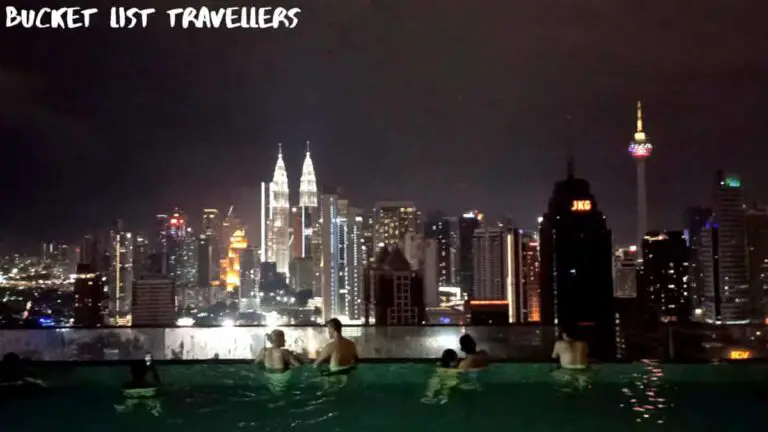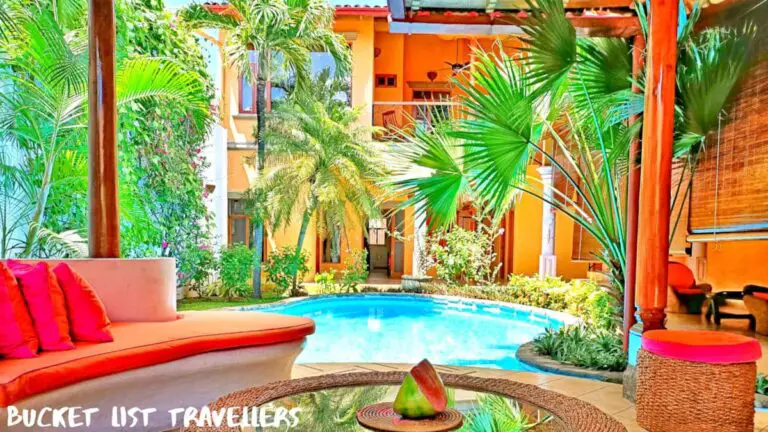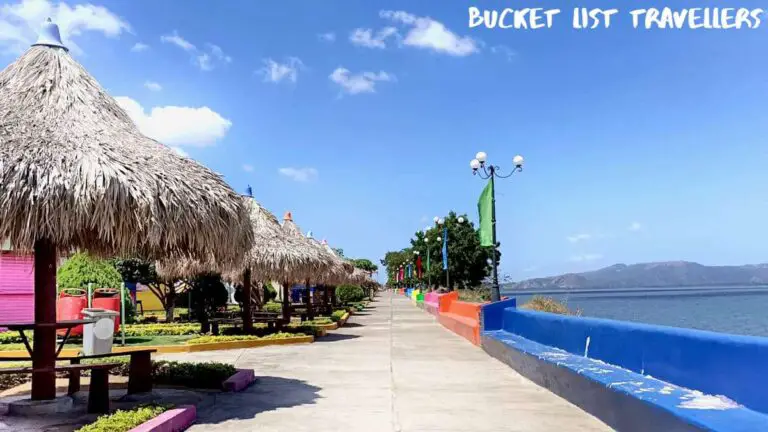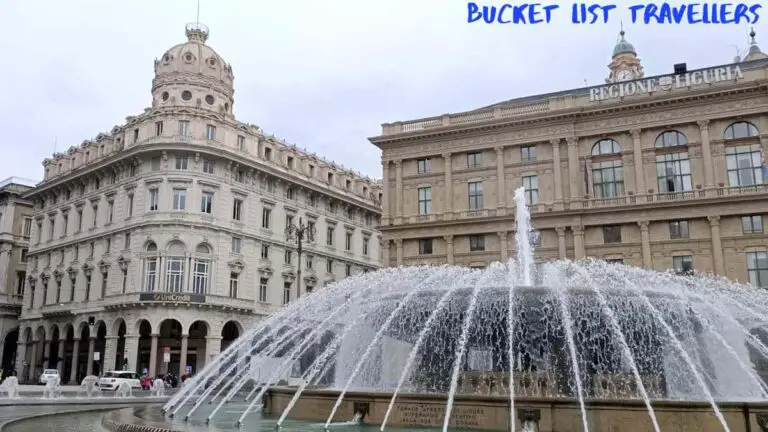San Juan de Oriente is one of the charming ‘Pueblos Blancos’ or ‘White Towns’ near Masaya Nicaragua. This white town is famous for its world class pottery which has won international awards. This town has a fascinating history and a vibrant cultural heritage.
The biggest event of the year is the festival celebrating its patron saint. During the festival the town fills with people celebrating with traditional food, music and dances. San Juan de Oriente is famous for its Baile de los Chinegros –a traditional Nicaraguan dance with some very interesting dancing equipment used called ‘chilillos’.
Short on time? Here are our San Juan de Oriente Nicaragua top recommendations:
Activities: book your Nicaragua Tours with Get Your Guide.
Accommodation: we use Booking.com to find the best hotels.
Private Transfers: Pacific Tours,
Flights: find cheapest flights with cashback on WayAway.
Airport Lounge Access: start your holiday the right way with Priority Pass.
Travel Medical Insurance: SafetyWing Nomad Insurance is the ideal choice for long-term travellers and digital nomads.
Travel Banking: Wise makes global travel banking seamless and affordable.
About San Juan de Oriente
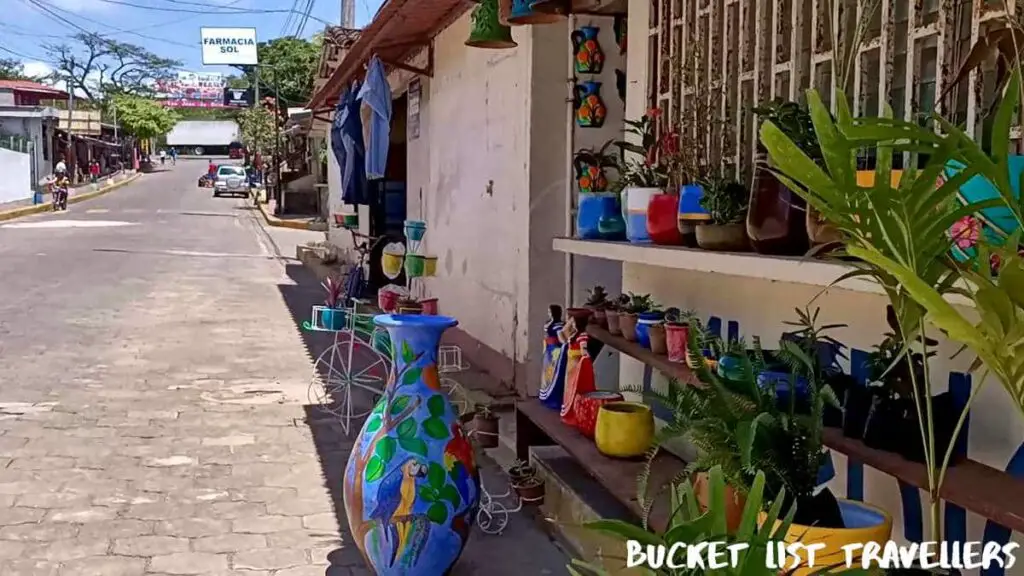
San Juan de Oriente is one of the Pueblos Blancos or White Towns in Nicaragua. It is located in the department of Masaya and people come to this town for the famous San Juan de Oriente pottery. The town contains many Nicaraguan artisan pottery shops where you can get handmade pieces for very reasonable prices.
San Juan de Oriente is quite a small town with a population of around 5000. It takes about five or ten minutes to walk from one end to the other. The town was one of the first towns built by Spanish colonisers. Of particular note is the church of San Juan de Oriente, which is over 400 years old. The biggest event of the year is the patron saint festival in honour of John the Baptist. This festival is a unique blend of Catholic and native cultures and features an unusual dance called the Baile de los Chinegros.
About the Pueblos Blancos of Nicaragua
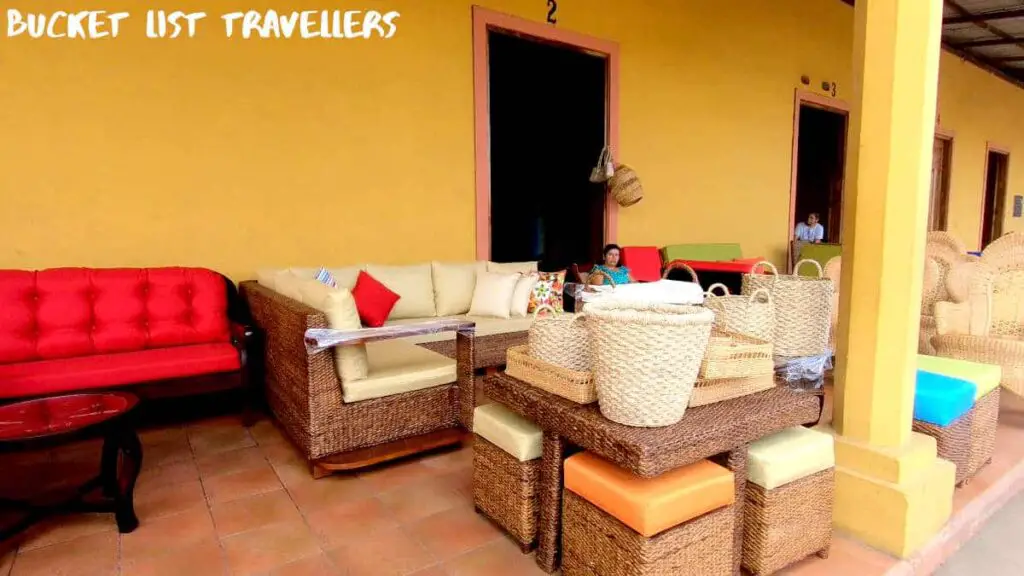
The Pueblos Blancos or white towns are a series of towns in this area that are all known as White Towns because the buildings in the towns were all historically white stucco buildings and the towns featured a white colonial style church. Nowadays the buildings have been painted different colours, but the name White Town remains.
The Pueblos Blancos all specialise in a particular arts and crafts.
- The town of Catarina specialises in nurseries and gardening
- Masatepe specialises in furniture
- The specialty of San Juan de Oriente is ceramics or pottery
Pottery in San Juan de Oriente
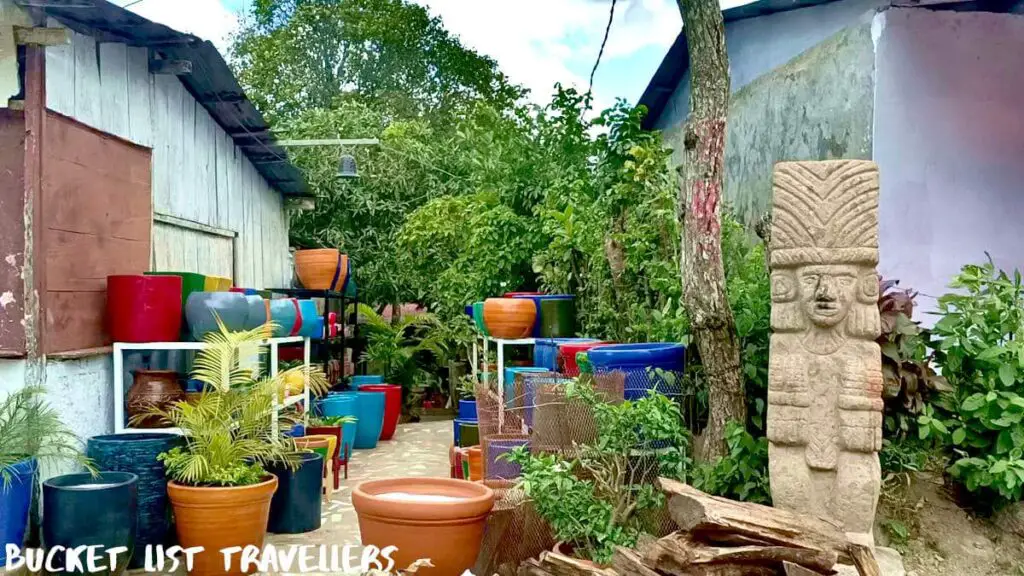
The history of pottery in San Juan de Oriente Nicaragua
For over 600 years San Juan de Oriente Nicaragua pottery has been made in this area. As such, these handicrafts predate the Spanish colonisation. The San Juan de Oriente artesanías ceramics and sculptures represent the indigenous Chorotega culture. The quality of these pieces has put this small town in the centre of Nicaragua on the map. Moreover, it is world famous for its pottery.
Shopping for pottery in San Juan de Oriente Nicaragua
San Juan de Oriente is known as the cradle of pre-columbian art. It is a famous creative city or “ciudad creativa”. San Juan de Oriente ciudad creativa has won international awards for their ceramics. You can get some really high quality handmade pieces that take around a month to make for very reasonable prices. We were quoted 800 cordobas for ceramic bowls. As such, the ceramics of San Juan de Oriente or “ceramica San Juan de Oriente” are both high quality as well as extremely affordable.
If you like arts and crafts, you could easily spend an hour or more here perusing all the different pottery shops. There is so much San Juan de Oriente pottery for sale. This includes a wide variety of cookware, homewear as well as beautiful trinkets which make perfect Nicaragua souvenirs.

The store owners are really lovely as well. We recommend taking your time to have a chat with the store owners (in Spanish) to understand more about the pieces. Each store has its own style that has been passed down from generation to generation. It is fascinating to understand how the pottery is made.
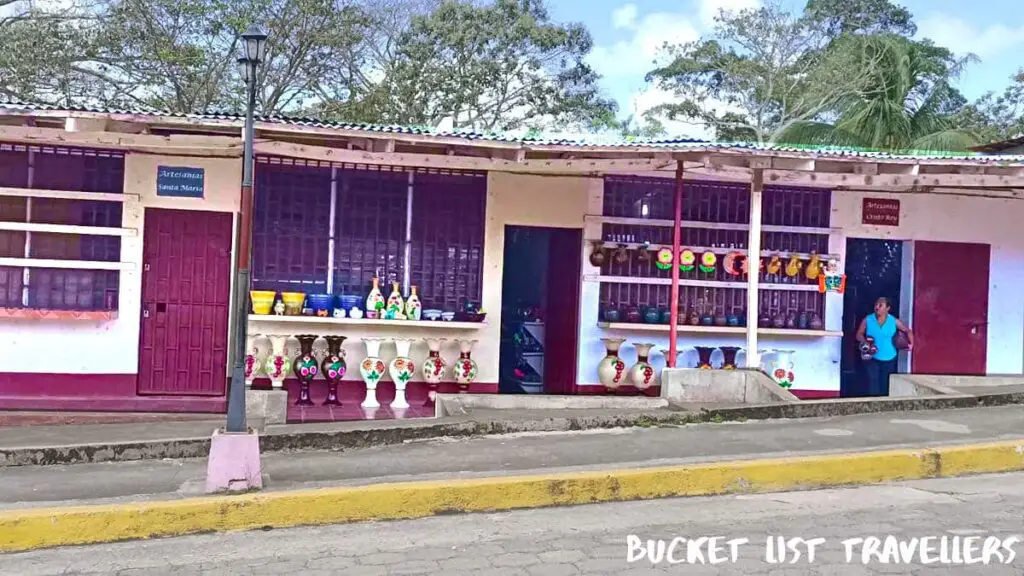
The pottery industry in San Juan de Oiente Nicaragua
This area really is all about the ceramics. And 95% of people work in the ceramics industry here. And it makes up about 60% of the economy. Pottery is really in the residents DNA here. Each generation teaches their skills to the next.
They don’t often use potter’s wheels either. The clay is local as well and comes from Laguna de Apoyo, which is only two kilometers away.
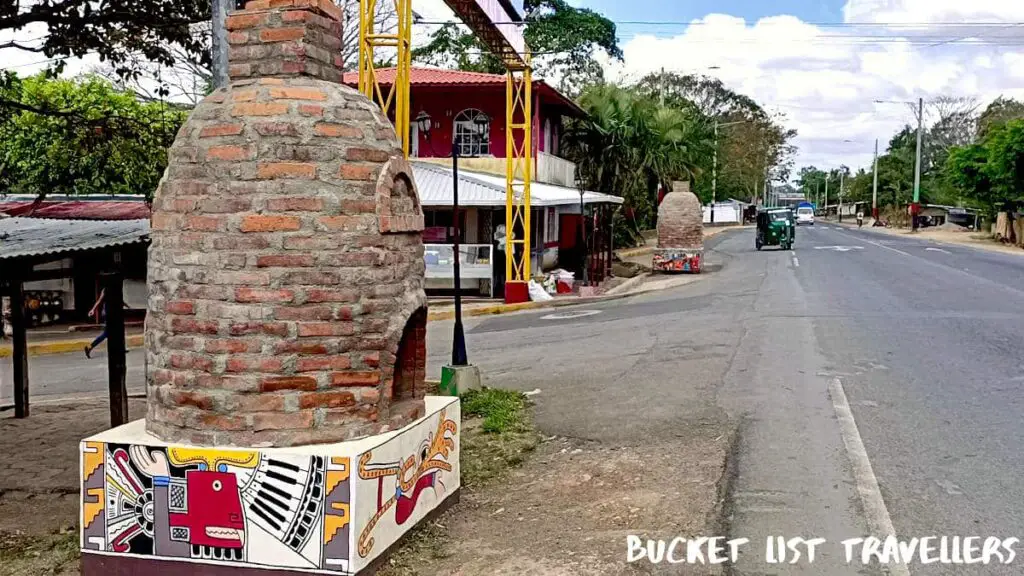
One unique feature of San Juan de Oriente are it’s pottery ovens. These ovens line the street and are a really distinctive feature of this town. They’re not surprising, given San Juan de Oriente’s focus on the artisan pottery.
Statues in San Juan de Oriente
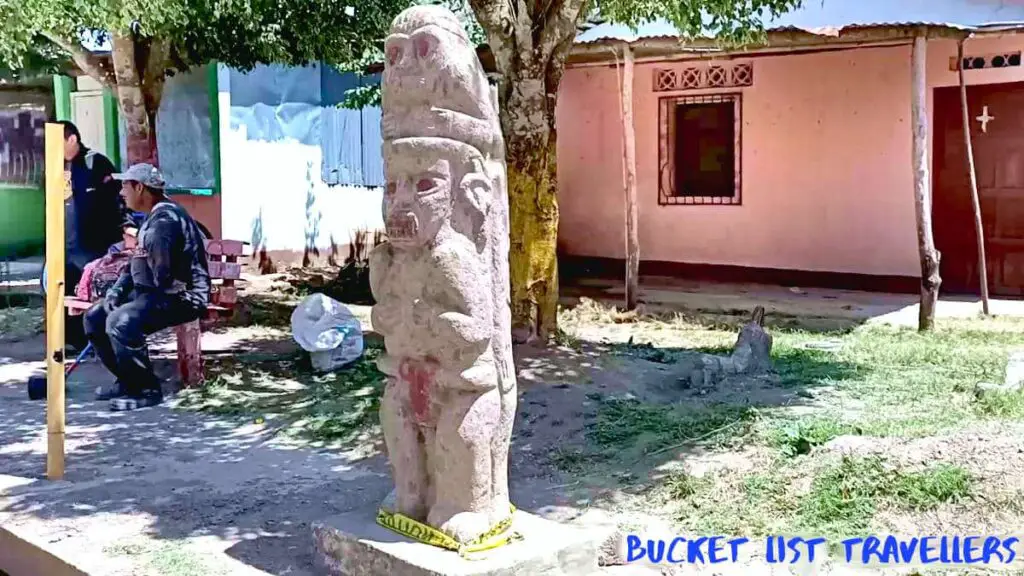
The indigenous culture of San Juan de Oriente is on full display throughout the town. Paritucularly with the statues that line the streets. These statues represent the idea that humans have alter egos or animal spirits. They show a man with an animal on top of his head. Different types of animals represent different animal spirits, or different egos. For example, the crocodile represents masculinity and dominance.
Festivals in San Juan de Oriente
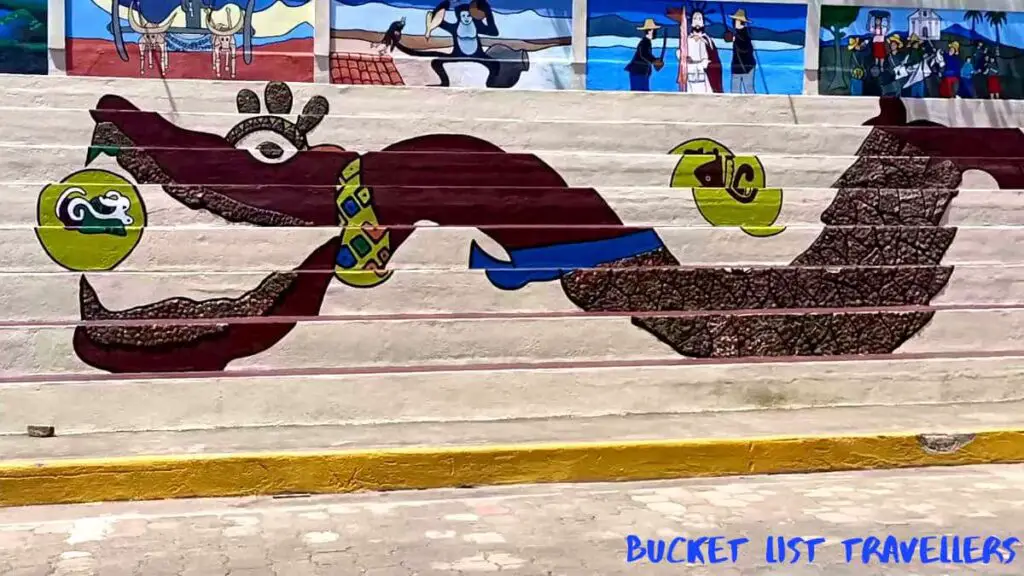
Grandstands line the main street of San Juan de Oriente. During town festivals these are a great place to watch the activities. These festivals are one of the best San Juan de Oriente activities. Festivals in Nicaragua are very vibrant and interesting. Most towns and cities have a patron saint and celebrate the patron saint at the fiestas patronales or patron saint festivals. The patron saint of San Juan de Oriente is John the Baptist. In Spanish his name is San Juan Bautista.
When is the patron saint festival in San Juan de Oriente?
This festival occurs towards the end of June, around the 24th of June each year. This coincides with the feast day or special day in honour of the patron saint of San Juan de Oriente, San Juan Bautista.
Baile de los Chinegros
The Baile de los Chinegros is the main dance of the fiesta patronal or patron saint festival of San Juan de Oriente.
Dancers known as Chinegros perform the dance. The Chinegros dancers paint their faces and hand with black tar or shoe polish. They participate in a dance or contest holding a stick called a chilillo. The chilillo is made of a bull phallus.
The dance is a test of bravery. Firstly, the dancers form two lines. Next, the dancers choose a partner and then they start whipping each other with these chilillos. This keeps going to the sound of a band. It continues like this for some time. Finally an adjudicator called a yegüita, dressed as a mare, will call an end to the content. There isn’t a winner or loser. It’s just a show of bravery and a spectacle.
This dance has been performed at the patron saint festival for over 400 years.
Traditional Nicaraguan food at the patron saint festival of San Juan de Oriente
Festivals in Nicaragua are also a time for celebrating and sharing the traditional Nicaraguan food. This traditional food includes nacatamales, Indio viejo and chicha bruja.
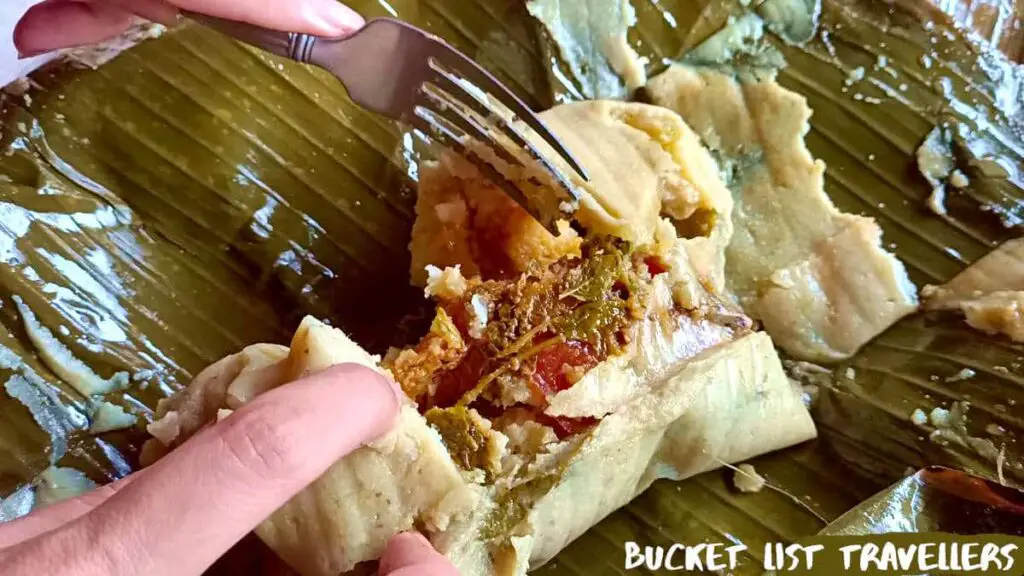
Nacatamales are one of the most prevalent Nicaraguan traditional dishes. The main ingredient in nacatamales is cornmeal (masa). Other ingredients include vegetables, meat and herbs. The masa goes into a banana leaf packaging. Next the nacatamales are steamed or boiled. You can often find them for sale on Sundays in particular, although some places sell them during the week. They cost around 40 to 60 cordobas (prices as at 2021).
Indio viejo is a Nicaraguan soup. That is also really delicious.
Chicha bruja is a fermented corn based drink.
History of San Juan de Oriente
San Juan de Oriente is a really old town. It dates back to 1585. Moreover, it was one of the first Spanish colonial towns from the time of the Spanish conquest.
San Juan de Oriente gets its name from its patron saint, Saint John or San Juan. The oriente (or east in English) part of the name is due to its location east of the capital Managua. Throughout its history San Juan de Oriente had a number of different names. Originally it was Valle Namotiva, and then it was San Juan Namotiva, then it was San Juan de los Platos. And then finally San Juan de Oriente. The San Juan de los Platos name was because this is where they made the plates for in religious ceremonies in the area.
The Chorotega people are the native people of this area. The two main tribes in this area were the Nicoya and Potosme. And they all spoke the language Nahuatl.
The Catholic Church of San Juan de Oriente
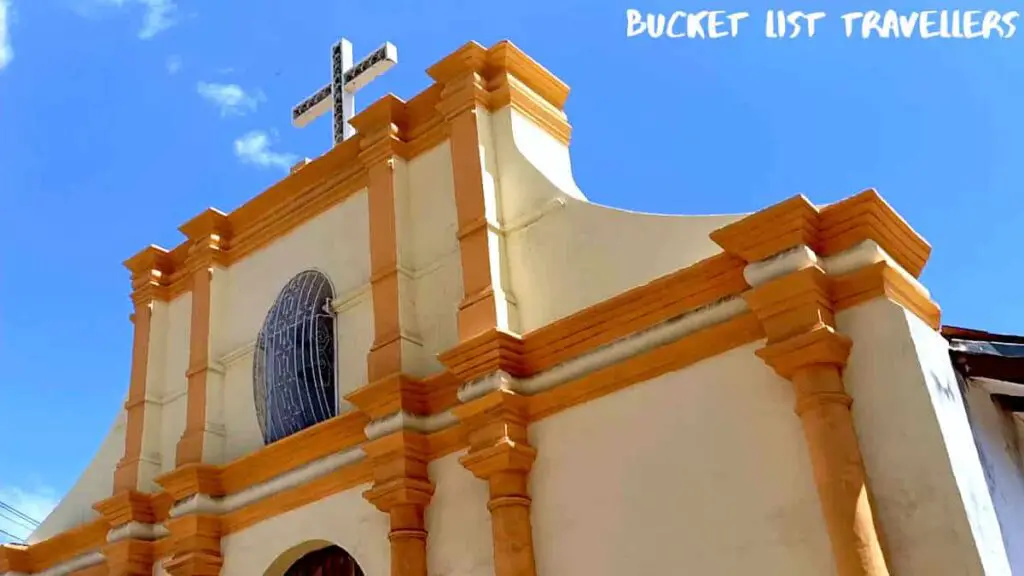
One of the main features of the town of San Juan de Oriente is its beautiful Catholic church. This is located across the road from the town park.
The Catholic church in San Juan de Oriente is over 400 years old. It was built in 1585 by some master builders. The builders were Genacio Gallegos de Galicia and Juan de Bracamontes y Peñaranda. This church was damaged in an earthquake in 2000, but it is still in use today. The church bell was brought by Spaniards in 1770.
Nicaragua has quite a long history with Catholicism in the country. And the Catholic traditions have been integrated and blended with the more native traditions. The result of this is some really vibrant cultural experiences.
Getting to San Juan de Oriente
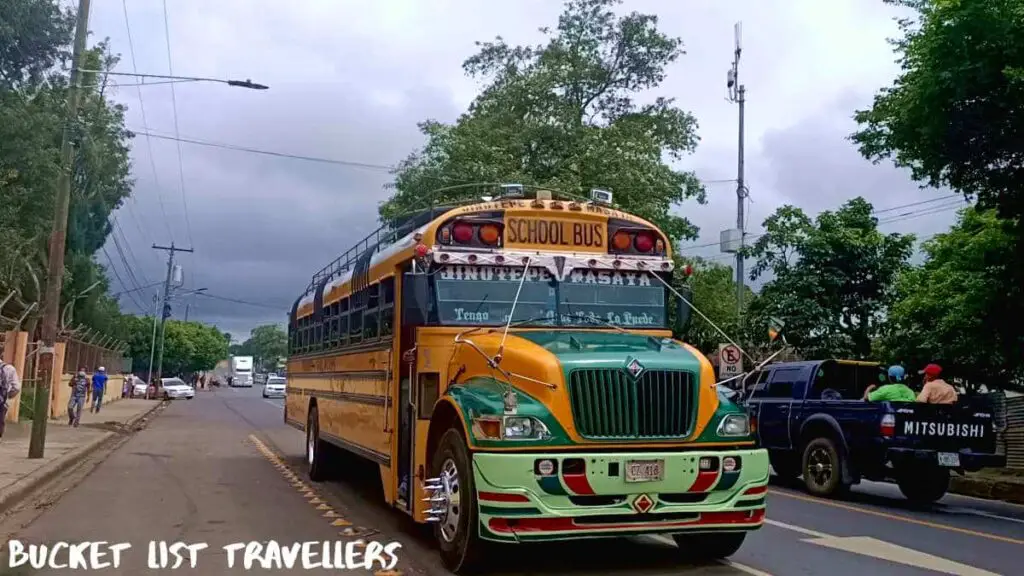
San Juan de Oriente is a short drive from Granada, Masaya and Managua. It is well connected by bus. Both local buses and minibuses operate in the area. The capital city Managua is only 45 kilometers away, and you can get there by bus. You can also get to Granada, Masaya, Rivas and Jinotepe by bus from here.
Auto rickshaws or tuk-tuks are a popular mode of transport in this area and a cheap alternative to taxis.

How long to spend at San Juan de Oriente
Most people visit San Juan de Oriente as a day trip from more popular tourist destinations such as Granada. San Juan de Oriente is a very small town and you can walk from one end to the other in about 5 or 10 minutes. An hour or two should be sufficient to explore all the town has to offer. If you are coming for the festival we’d recommend coming for 3 or 4 hours to witness all of the cultural festivities.
Where to stay when visiting San Juan de Oriente
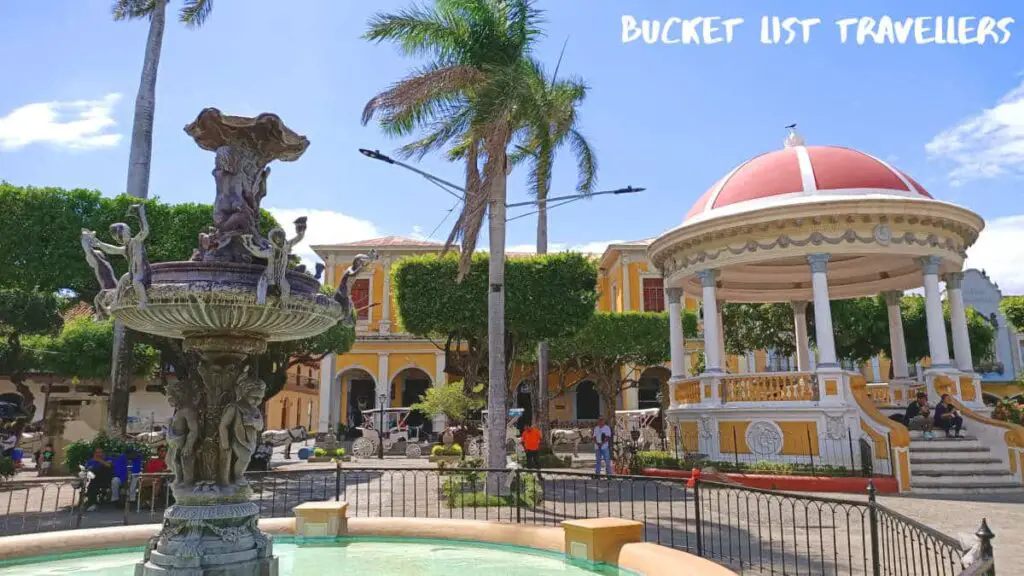
San Juan de Oriente is a very small town, so we’d recommend coming here as a day trip. The best areas to stay within short driving distance of San Juan de Oriente are Granada, Masaya and Laguna de Apoyo.
Is San Juan de Oriente safe?
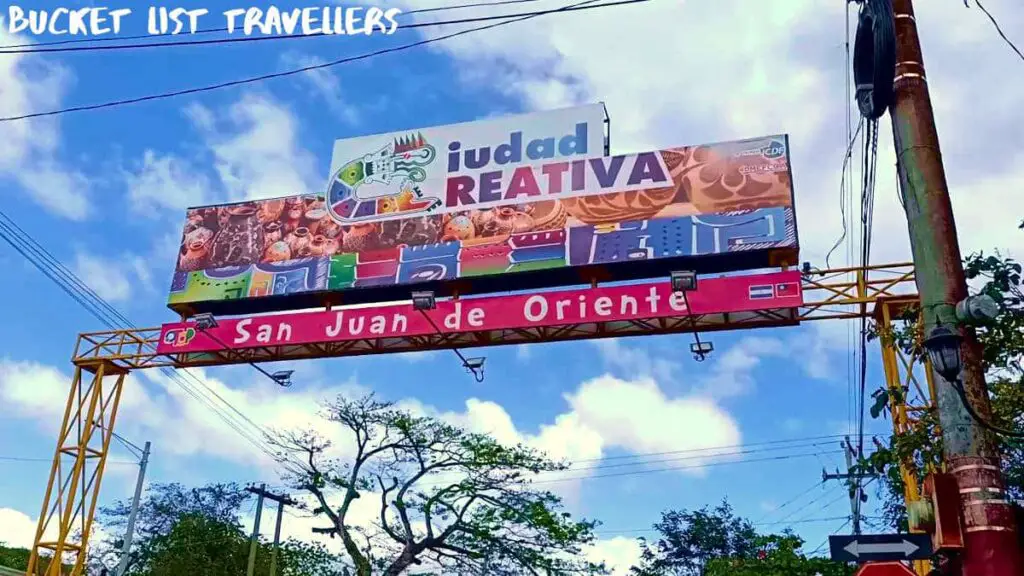
San Juan de Oriente is a very safe small town. If you come during a festival beware of theft and petty crime and keep your valuables secured and out of sight.
Other general safety considerations for travel in San Juan de Oriente:
- Drinking water – The tap water in San Juan de Oriente is safe to drink
- Mosquitoes – We didn’t have any issues with mosquitoes while we were in San Juan de Oriente
- Road safety – The roads in San Juan de Oriente are paved and in good condition. Traffic is minimal. Exercise your normal road safety precautions
- Sun safety – The UV Index is very high in Nicaragua, so sun protection such as sunscreen, a hat and sunglasses is very important to ensure you don’t get burnt.
- Dogs – In Central America stray dogs are common. For more on dog safety while travelling, check out this video
As with any destination, take all of your normal safety precautions.
Final thoughts on San Juan de Oriente
If you want to learn more about visiting San Juan de Oriente, check out our San Juan de Oriente video.
Nicaragua Blogs
You can find our Nicaragua blogs below.
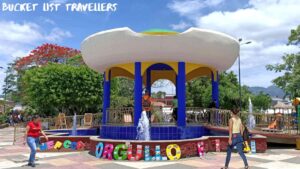
Esteli Nicaragua Destination Guide (2024): What You Need to Know
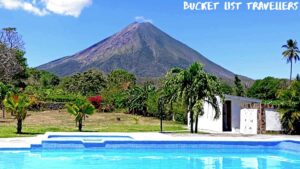
Ometepe Island Nicaragua Destination Guide (2024): What You Need to Know
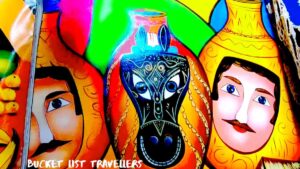
Masaya Nicaragua Destination Guide (2024): What You Need to Know
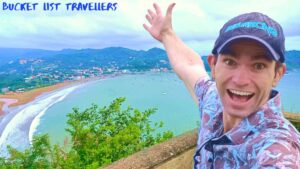
San Juan del Sur Nicaragua Destination Guide (2024): What You Need to Know
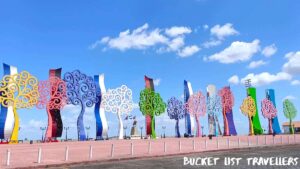
Managua Nicaragua Destination Guide (2024): What You Need to Know

Leon Nicaragua Destination Guide (2024): What You Need to Know
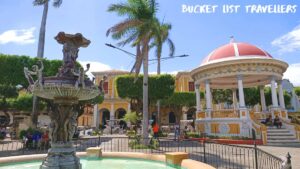
Granada Nicaragua Destination Guide (2024): What You Need to Know
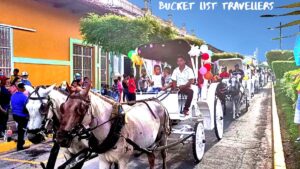
Transport in Nicaragua – Complete Guide to Nicaragua Transportation (2024)
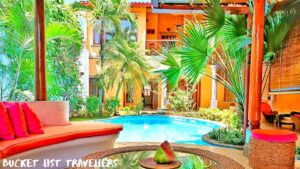
Where should I live in Nicaragua?
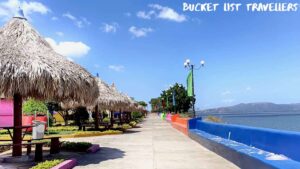
Top 5 Things to do in Managua Nicaragua (2024)
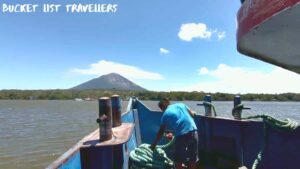
Granada Ferry: How to get to Ometepe Island

Nicaragua Costa Rica Border Crossing: Complete Travel Guide
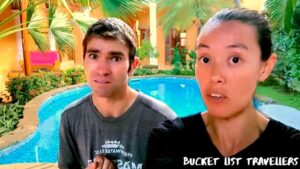
Home Invasion in Granada Nicaragua

Ojo de Agua: Paradise in Nicaragua!
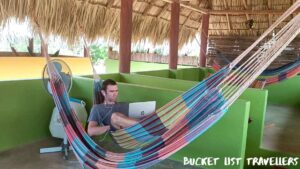
How Good is the Internet in Nicaragua?
Affiliate Links
This website contains affiliate links, which means we may earn a commission on any purchases at no additional cost to you. Your support helps us continue our travels and make more travel blogs and travel videos, thank you!

